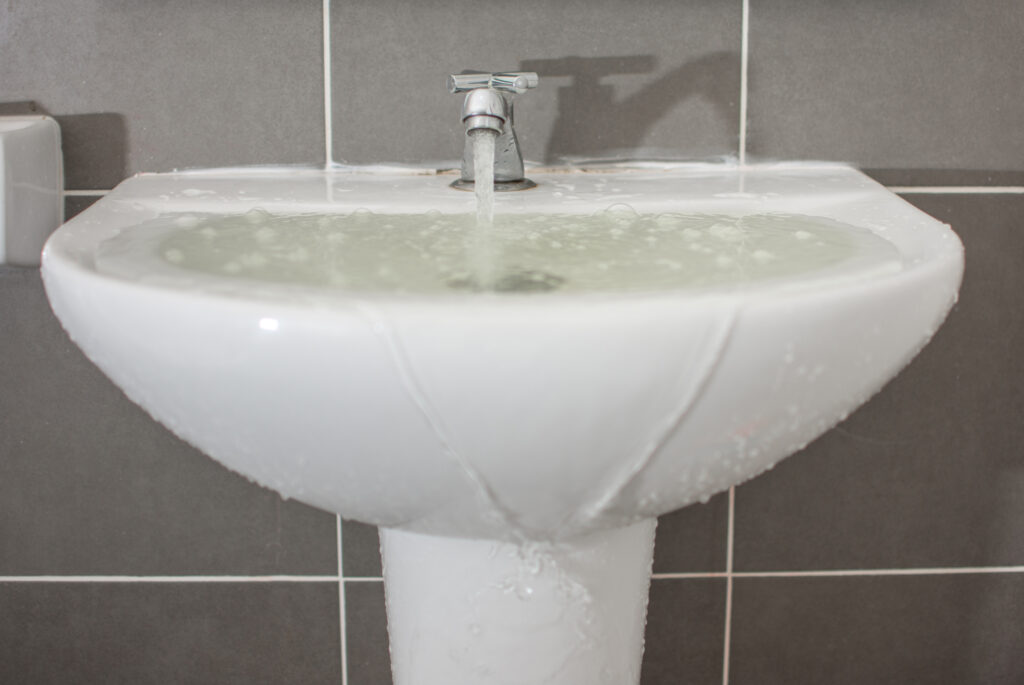Understanding Water Damage Restoration
Water damage can strike your home in various ways, from burst pipes and flooded basements to appliance malfunctions and rainstorms. The aftermath of such incidents extends beyond surface-level concerns and can lead to severe issues if not addressed promptly. Water damage restoration is a vital process that goes beyond mere drying, involving a thorough cleanup to prevent further damage, health risks, and the growth of mold and mildew. 
Water Damage in Roswell
This blog post will review water damage restoration as well as the benefits for your home.
The Causes and Effects of Water Damage
Common causes of water damage include burst pipes, appliance malfunctions, flooded basements, rainstorms, and sewer backups. The longer water stands, the greater the potential for damage, particularly if sewage water is involved. Water can harm floors, walls, furniture, and personal belongings, making quick and professional intervention crucial to prevent long-term issues.
The Complexity of Water Damage Cleanup
Water damage cleanup extends beyond simply drying up the visible water. It involves a meticulous process to thoroughly treat porous materials such as furniture, carpet, and drywall. Failing to address the hidden water beneath the surface may result in foul odors, bacteria growth, viruses, and potential health issues. Water damage restoration focuses on cleaning up water and preventing any future damage to your home.
The Five-Step Water Damage Restoration Process
1. Inspection
Professionals start by assessing the situation, using specialized equipment to detect moisture in affected materials. The damage is classified from Class 1 to Class 4, and you are informed about the cost and duration of the restoration process.
2. Water Extraction
Standing water is removed using specialized equipment like vacuums or pumps. Quick extraction is crucial to prevent mold or mildew growth. Further inspections determine if the flooring needs replacement after water removal.
3. Dehumidifying
Despite the appearance of dryness, professionals remove residual water from materials to prevent mold growth or warping. Moisture levels are closely monitored to ensure complete dryness before moving to the next step.
4. Cleaning
With the home completely dry, experts clean and sanitize all surfaces, eliminating any potential for mold growth and ensuring a safe and healthy living environment for you and your family. Professionals also dispose of damaged materials that cannot be restored, minimizing lingering risks.
5. Restoration
The final step involves restoring anything salvageable from water damage. Specialists work to return your home to its original state, replacing items irreparably damaged. This may include drywall repair, floor restoration, and carpet cleaning. This comprehensive restoration process aims to address visible damage and ensure the structural integrity and safety of your home for long-term peace of mind.
Understanding water damage restoration is essential for timely intervention. Following a comprehensive five-step process and seeking professional assistance, such as Restoration 1 of North Atlanta, helps mitigate the impacts of devastating events like floods. Our expertise ensures a thorough restoration, swiftly addressing damage to your home and personal belongings. With effective intervention, you can regain control and return your home to its optimal condition after the destructive effects of water damage.
